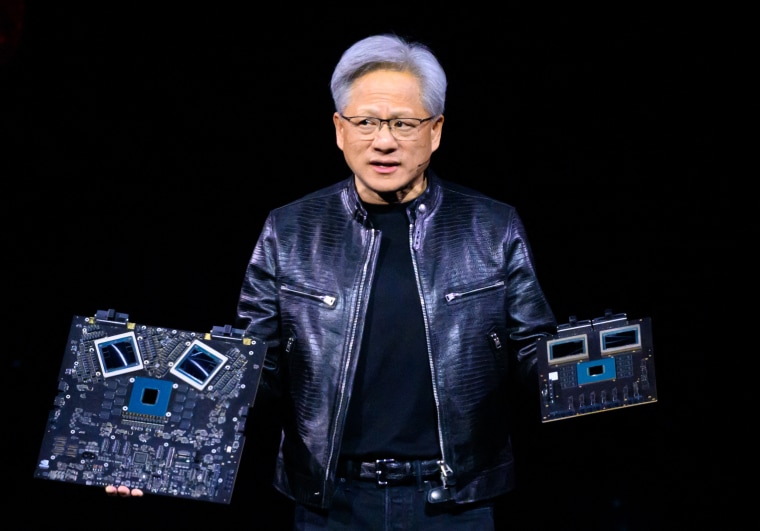Intel, the iconic American semiconductor giant, has long been known for its dominance in the global chip industry. However, in recent years, the company has faced significant challenges that have raised concerns about its ability to stay relevant in an increasingly competitive market. Intel’s struggles are particularly evident when looking at its performance in the U.S. chip industry, where it used to be the undisputed leader.
One of the main reasons behind Intel’s struggles is the growing competition from rivals such as AMD and NVIDIA. These companies have managed to gain market share by delivering innovative products that offer better performance and energy efficiency than Intel’s offerings. As a result, Intel has been losing ground in key markets such as data centers and high-performance computing, where its competitors have been able to establish a strong presence.
Another factor contributing to Intel’s challenges is the company’s struggles with its manufacturing process. Intel has historically been known for its advanced semiconductor manufacturing technology, which has allowed it to stay ahead of the competition. However, in recent years, the company has faced delays and setbacks in its transition to newer chip manufacturing processes, such as 7nm technology. These delays have not only impacted Intel’s ability to deliver cutting-edge products but have also given its competitors an opportunity to catch up.
Furthermore, Intel has been facing leadership changes and internal turmoil, which have added to the company’s challenges. The departure of key executives and the appointment of new leadership have raised questions about Intel’s strategic direction and its ability to execute its business plans effectively. Internal issues, such as delays in product development and supply chain disruptions, have also hindered Intel’s ability to compete in the fast-paced chip industry.
To address these challenges, Intel has been making efforts to regain its competitive edge. The company has announced plans to invest heavily in research and development, with a focus on developing new chip technologies and improving its manufacturing capabilities. Intel has also been expanding its product portfolio to include new offerings for emerging markets such as artificial intelligence and autonomous vehicles.
Additionally, Intel has been actively seeking partnerships and collaborations with other technology companies to strengthen its position in the market. By teaming up with industry leaders and leveraging their expertise, Intel aims to accelerate its innovation and bring new products to market more quickly. These partnerships could help Intel regain its competitive edge and stay relevant in the evolving chip industry landscape.
In conclusion, while Intel may be facing significant challenges in the U.S. chip industry, the company is not out of the game yet. By focusing on innovation, investing in research and development, and forming strategic partnerships, Intel has the potential to regain its competitive edge and secure its position as a leading player in the global semiconductor market. However, overcoming these challenges will require strong leadership, effective execution, and a clear vision for the future. Intel’s ability to navigate these obstacles will ultimately determine its success in staying relevant and competitive in the dynamic chip industry.

